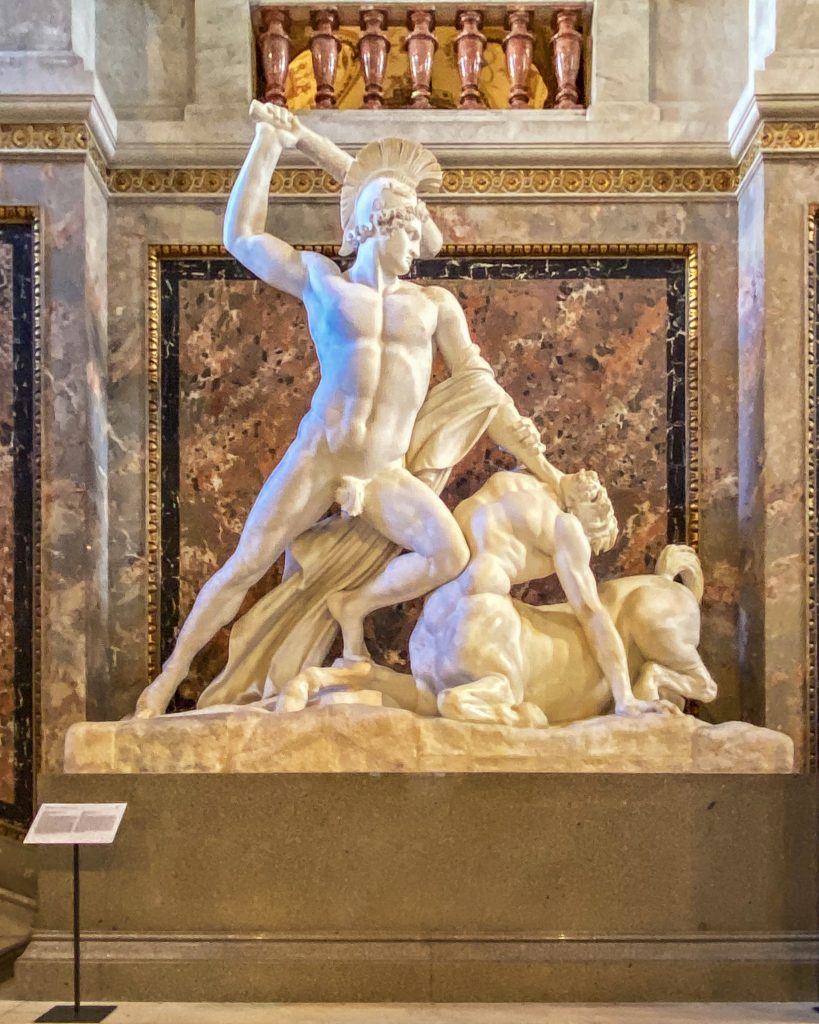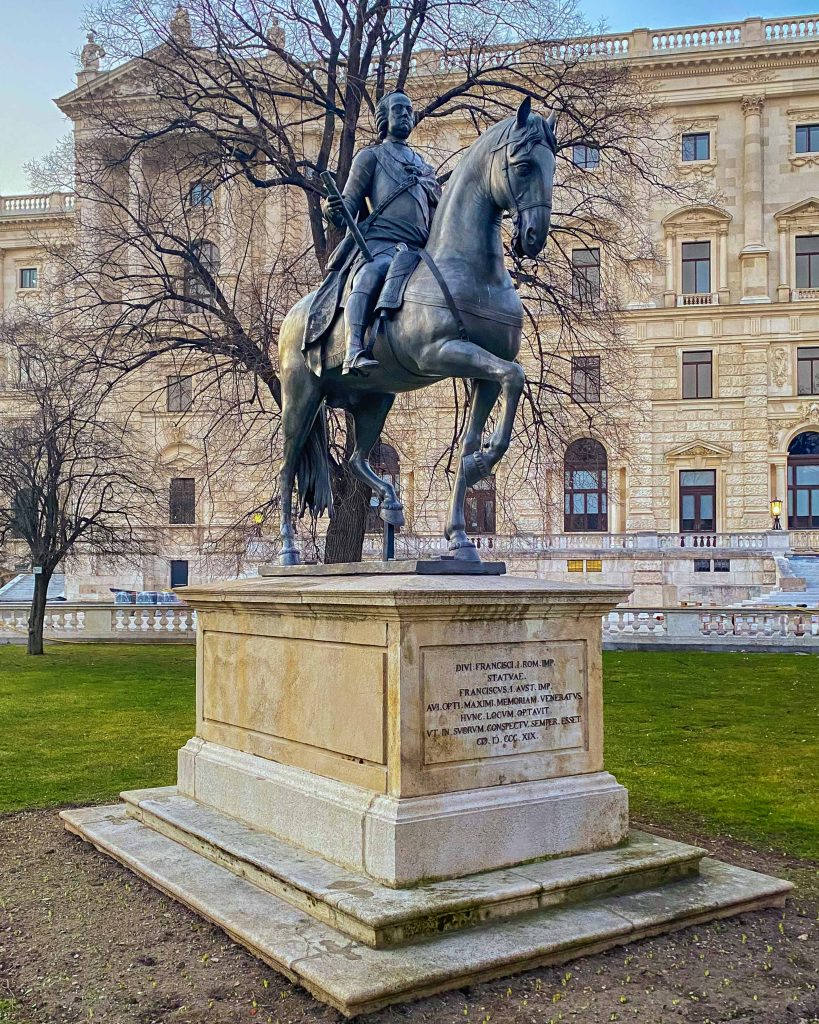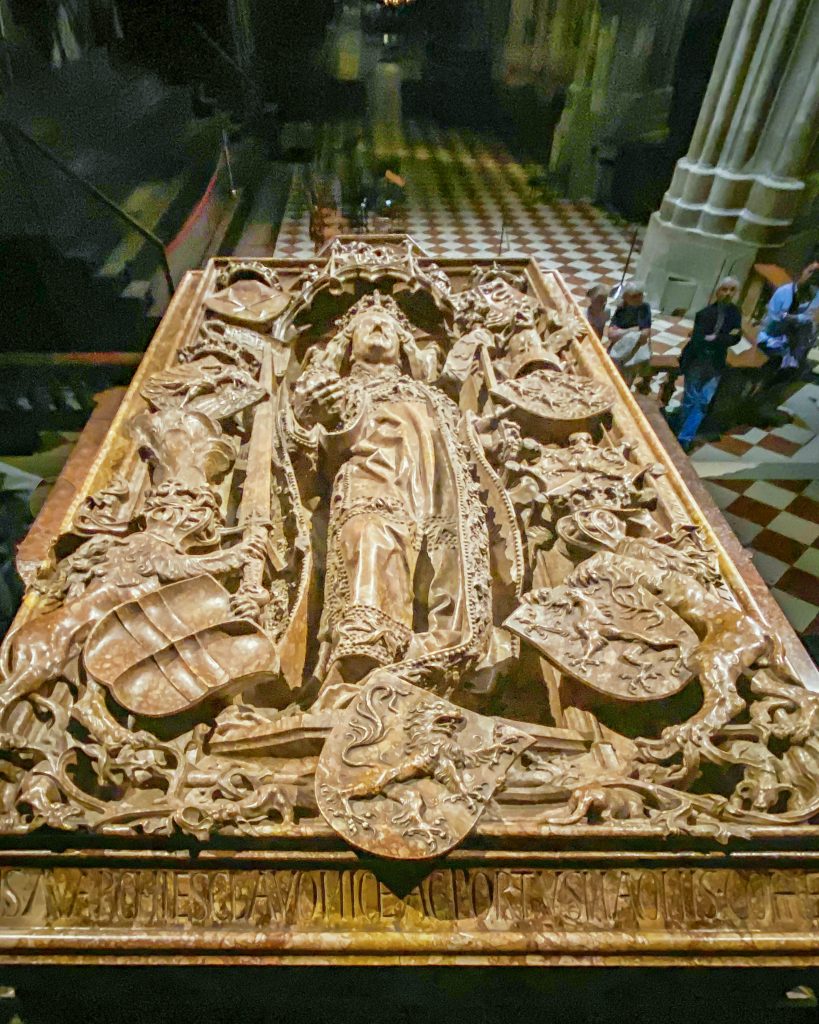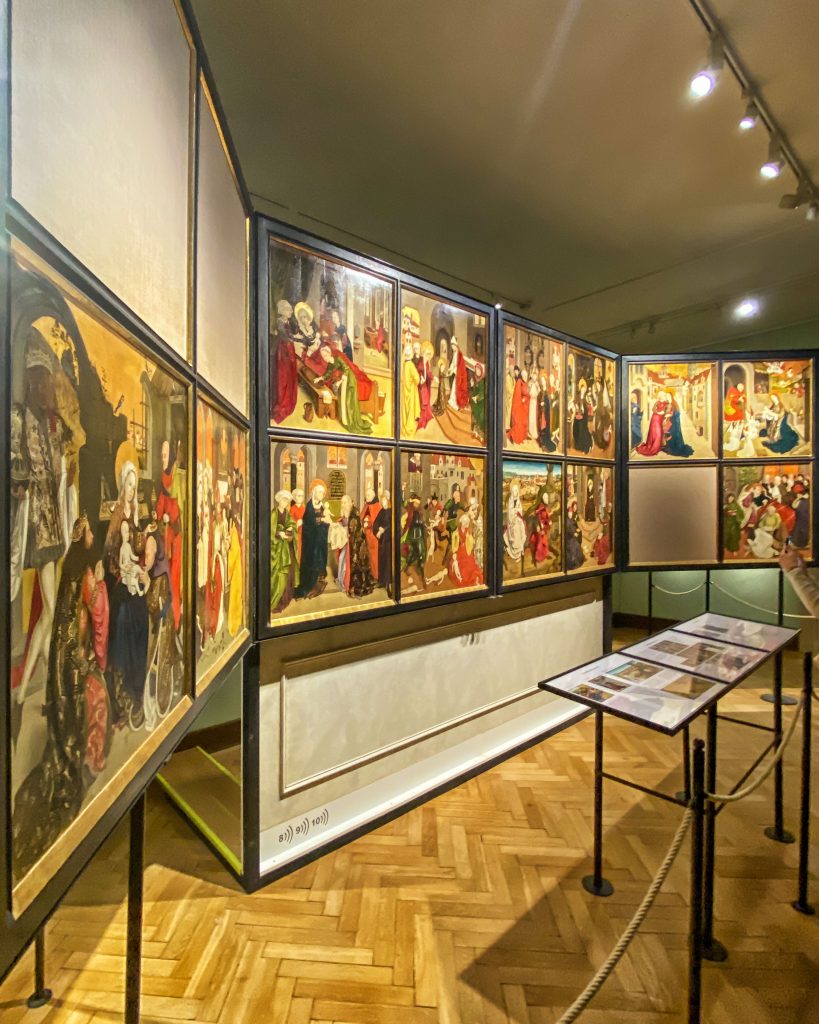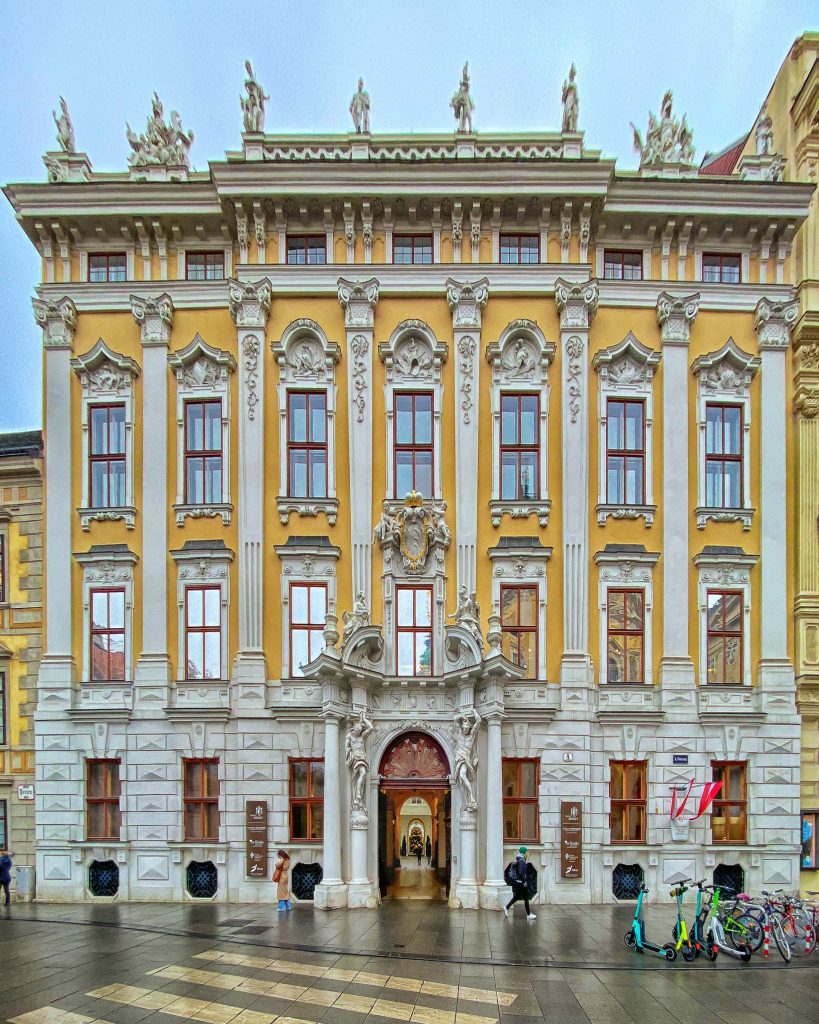Theseus Temple in Volksgarten

In the center of the Volksgarten on Vienna’s Ringstrasse, the Swiss-Austrian court architect Peter von Nobile built the approximately 14x25m large classical Theseus Temple in 1823. The crypt of the building, which was planned in the type of a ring hall temple (peripteros) with 6×10 columns, was to serve as a place for the sculptures of the imperial collection of antiquities, especially for the Theseus group designed by Antonio Canova.
Due to the construction on the area of the former moat, the foundations of the catacombs had to reach deep down, but soon proved to be too wet, so that the sculptures were later taken away. Today, the Theseus figure is located in the intermediate landing of the main staircase in the Kunsthistorisches Museum.
After extensive renovation in the 2000s, the temple now serves as an exhibition space and can also be accessed barrier-free. The bronze figure of a youthful athlete by Josef Müllner placed in front of it was ceremoniously unveiled in 1923 and was considered a sign of life for Austrian sports.
